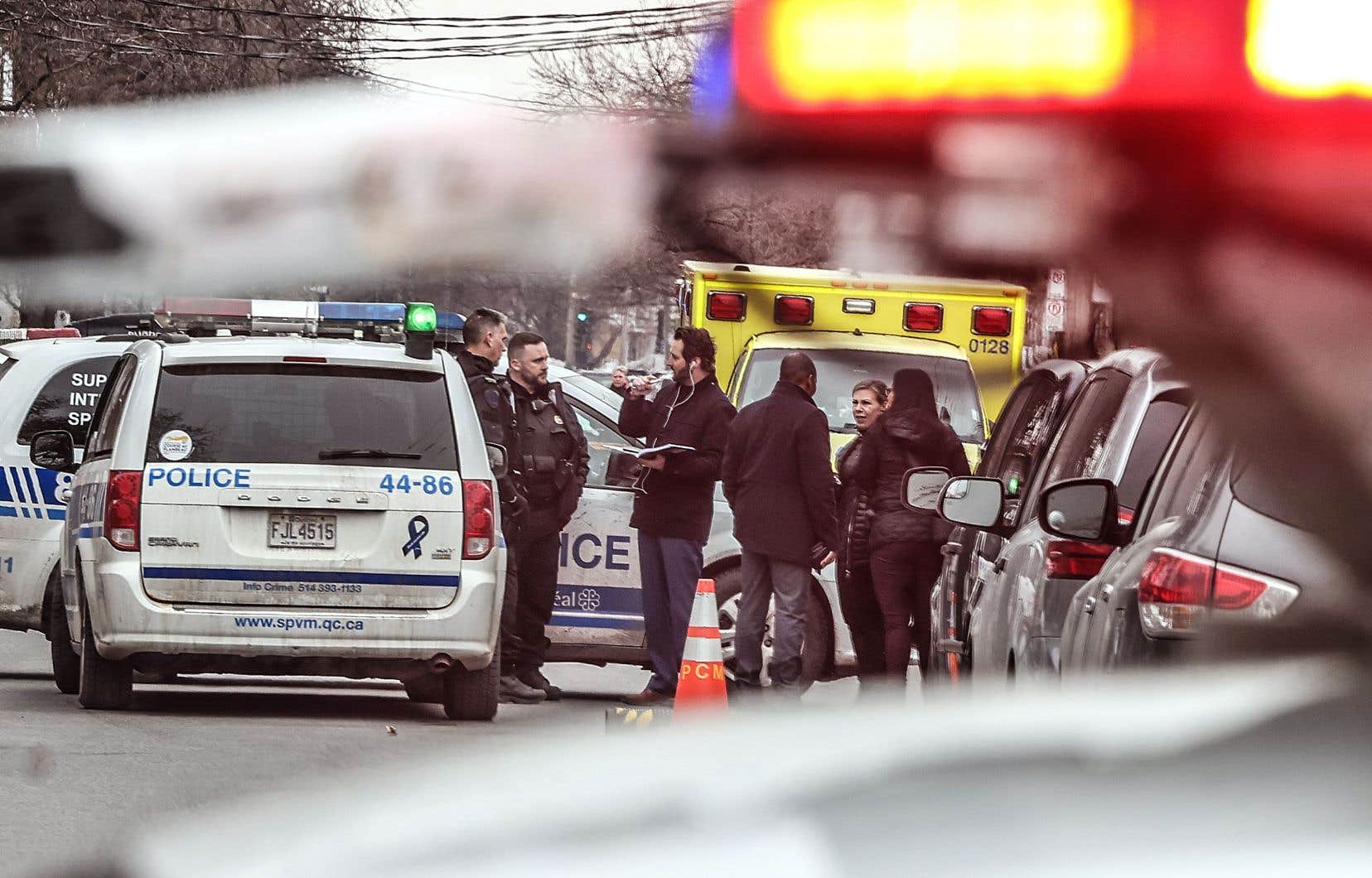Montreal police say the year-over-year decline in the number of homicides in the city is a sign that strategies to prevent violence and fight crime are bearing fruit.
Last year, 33 homicides were reported on the island of Montreal, including those of the seven people who died in the arson of a building in Old Montreal, compared to 41 in 2022.
Commander Jean-Sébastien Caron, who heads the major crimes brigade at the Service de police de la Ville de Montréal (SPVM), attributes the drop in murders to a combination of arrests, increased police visibility in neighborhoods prone to violence and prevention programs through which officers work with community organizations to offer young people alternatives to crime. “It really is a comprehensive strategy that seems to be working,” Commander Caron said in a recent interview.
It reports that from the end of 2022, police had made a series of arrests in connection with murder and attempted murder cases, after investigating members of criminal groups, particularly gangs of Street. In April 2023, for example, police arrested eight people they said were linked to the gang-related murder of an 18-year-old.
In his opinion, the series of arrests has “certainly had a fairly significant impact, but we must not forget the work that has been done at the community level, in prevention.”
Collaboration between police and community organizations
Between 2011 and 2020, Montreal police reported an average of 28.4 homicides per year. This number increased to 37 in 2021, before rising again the following year. Police attributed much of the increase to gun violence linked to criminal groups.
A spokesperson for the SPVM, Caroline Labelle, pointed out in an email that in response to the increase in armed crime, the police hired community development advisors in 2023, whose job is to help guide people with high-risk behaviors towards community organizations and institutional resources. These counselors also meet with victims to prevent violent reprisals.
In addition, the police began participating in a program called PIVOT, coordinated by a regional health authority, which aims to encourage young offenders from two boroughs in the northeast of the city, namely Rivière-des-Prairies–Pointe -aux-Trembles and Montréal-Nord, to return to school, follow training programs or engage in drug treatment.
Michelle Côté, research director at the Montreal-based International Center for Crime Prevention, maintains that collaboration between police and community organizations is essential to preventing violence. “We need to do prevention upstream to be able to support young people and families in difficulty, before they get involved in conflict situations that lead to all kinds of violent crimes, including homicides.”
Mme Côté, who spent 20 years on the police department’s research and planning team, also runs what is called an “urban security laboratory,” funded by the city and the Quebec government, which studies violence. It also provides a platform for police, municipal officials, and representatives of the health and education systems to develop strategic plans to reduce crime.
“What I see at the moment is very encouraging,” says Michelle Côté, referring to the collaboration between these different actors.
But a program like PIVOT tells young people that they are being watched by the police, estimated Izara Gilbert, doctoral student and lecturer at the School of Social Work at the University of Quebec in Montreal (UQAM). “It is presented as a program aimed at preventing and responding to violence, but it is in fact a program of repression,” in his opinion. “Once a young person has a file in the system, they will be monitored a lot more, they will be more at risk of profiling, even if they have not committed any offense,” she added.
Mme Gilbert wrote his master’s thesis on the stigmatization of young people in the borough of Rivière-des-Prairies–Pointe-aux-Trembles, in the northeast of Montreal. She said such neighborhoods are disconnected from central parts of the city, where good jobs and universities are located.
She said she was skeptical that police programs quickly led to a significant drop in violence.
Despite the increase in homicides in 2022, the homicide rate in the greater Montreal area that year was 1.49 per 100,000 inhabitants — lower than the Canadian murder rate of 2.25 per 100,000, according to Statistics Canada, and lower than those observed in many other Canadian cities, including Toronto, Vancouver, Calgary and Edmonton.
Another reason for the drop in homicides in 2023, according to Commander Caron, is the creation in the summer of 2022 of a specialized police team, known by the acronym ARRET, whose aim is to ensure high police visibility in areas where armed violence has been reported. Team members report their presence to criminal groups in order to deter them from committing crimes.
Jean-Sébastien Caron noted that the number of murders committed with firearms in Montreal increased from 20 in 2022 to nine in 2023. In addition, no woman was killed in Montreal by her partner last year. “It’s also a great success because it doesn’t happen often. »
